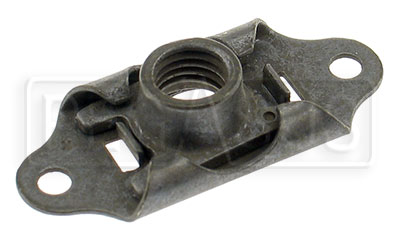[FONT="] How can I fasten the new heat shields in the engine compartment and under the main floor when the floor sheets were renewed and no nuts are riveted on the ordered sheets? Additional it was necessary to saw off the old screws in the compartment.[/FONT]
[FONT="]In the catalogs of the relevant spare parts suppliers no corresponding rivet nuts are listed[/FONT].[FONT="]
Does anyone have an idea? [/FONT][FONT="][/FONT]
[FONT="]In the catalogs of the relevant spare parts suppliers no corresponding rivet nuts are listed[/FONT].[FONT="]
Does anyone have an idea? [/FONT][FONT="][/FONT]

 Hi Guest!
Hi Guest!

 smilie in place of the real @
smilie in place of the real @
 Pretty Please - add it to our Events forum(s) and add to the calendar! >>
Pretty Please - add it to our Events forum(s) and add to the calendar! >> 


